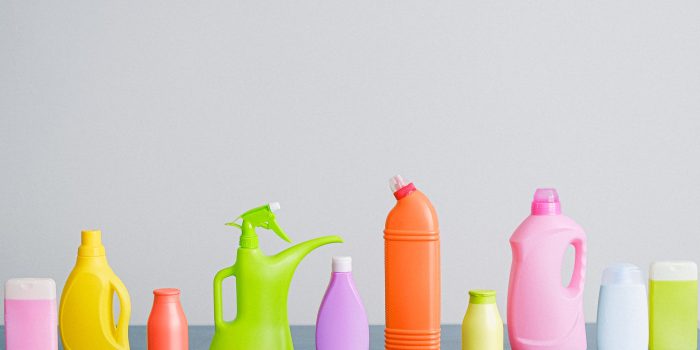Folks at Maggy Maid already know what types of cleaning agents work best in certain situations. That’s why all you need to do is give them a call and let the professionals do the dirty work.
However, if you want to dabble in a little household cleaning chemistry, it’s best if you know what to use. From cleaning the oil-drenched marble countertops to the sticky wooden table, you have to decide what type of cleaning agent to use.
Acid-based cleaning solutions
Acid-based cleaning agents all have a similarity – they have lower pH and “taste sour”. (Please do not attempt to ingest any cleaning agent as these pose a health hazard.)
Acid-based cleaning solutions work well on solid surfaces that have developed a mineral layer. The general rule of thumb is to apply acidic cleaning solutions to surfaces that develop hard mineral deposits. This means rust, the white powdery substance at the bottom of a kettle, or the tough white stains from water that form on kitchen tiles.
Acids eat away at minerals, and it’s very important not to use acidic cleaners on anything that can be considered a rock. (e.g. marble countertops, tile grout, cement walls, or ceramics.) It’s the reason why acids are used for metal etching – acids can eat away at metal.
Examples of the most common acidic cleaners:
- Vinegar
- Lemon
- Carbonic acid
- Sulfuric acid
- Hydrogen peroxide
Any of these acids can be used to clean parts of the house. The only exception is sulfuric acid as it is the strongest out of the 5. Sulfuric acid can be used to clean parts of the bathroom that have developed mineral scaling. While vinegar and any weak acid can do the same with little to no difference, it takes the least amount of time for sulfuric acid to eat away at the deposits.
You can use vinegar or lemon concentrate to clean your kitchen utensils – they’re both food-safe. They’re also perfect cleaning agents for individuals who have an aversion to artificial or industrial-grade cleaning agents.
Alkaline-based cleaning solutions
On the opposite side of the spectrum are alkaline-based cleaning solutions. These cleaning agents have a high pH level, but still as corrosive as their acidic counterparts. Alkaline cleaning agents are especially effective in removing stains that are organic in nature. That means bacteria or viruses can be killed with a simple bleach solution.
Most detergents and soaps (including body soaps) contain varying levels of compounds that are alkaline in nature. These help break down the protein wall of a bacterial cell, exposing the nucleus and eventually killing it. Laundry detergents remove oily stains from clothes because most alkaline compounds are hydrophobic.
This hydrophobic property of alkalines and soaps help dissolve oils and other types of stains that are organic in nature.
Some examples of alkaline-based cleaning agents:
- Bleach
- Laundry detergent
- Ammonia
- Baking soda
- Oven cleaners
- Caustic soda/lye
Any of these work well in cleaning mold or mildew stains. They’re even better in the kitchen – moistening a piece of paper towel with bleach and giving your table a swipe is already guaranteed to kill bacteria. The only drawback to using alkaline-cleaners is the smell. To be fair, alkaline cleaning agents smell better than acids (i.e. sulfuric acid smells like rotten eggs)
Now you know what type of cleaning agent to use, let’s discuss a few safety reminders when using them:
1. Wear corrosion-resistant gloves.
Your skin is made of delicate proteins. While the skin’s main function is to protect you from external harm, it should receive protection too. While natural oils help repel very weak acids, our skins react strongly to alkalines. That’s why your hands feel very dry when using bleach or detergent – the outer layer is dissolving, and the proteins are dying (and drying) in the air.
2. Keep them away from your eyes.
Or mucous membranes. Mucus membranes are any part of your body that’s considered wet. Your eyes, the inside of your mouth, or the lining of your nostrils are mucous membranes. Wear the appropriate protective gear when using cleaning agents. Also, avoid inhaling these substances.
3. Use with caution.
Most cleaning agents come in bottles that have indications and contraindications. Make it a habit of checking the labels out so you know what cleaning agent is best for every part of your home.


